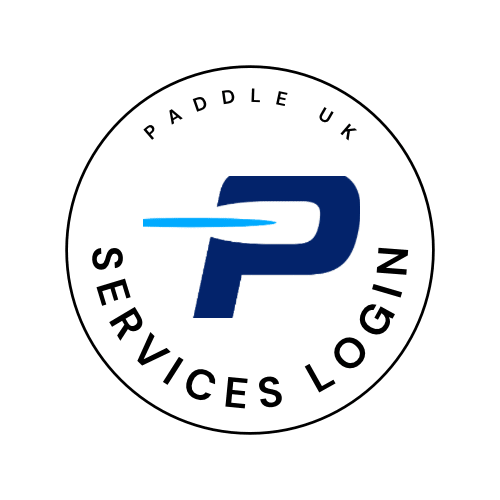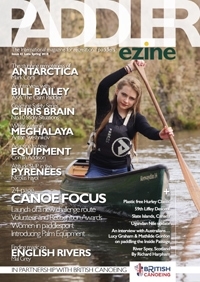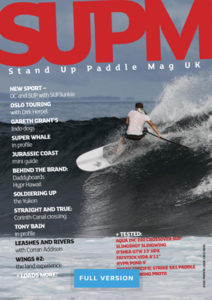No matter what type of paddling you are doing, and on what type of craft, your personal floatation device (PFD) is one of the most important bits of safety kit you will carry. Even if you are attached to an inflatable paddleboard, you still need to be wearing some form of PFD. Just as paddleboards, kayaks, and canoe vary in style, features, and cost, PFDs also do. From solid foam to self inflating, with many features in between, it is worth knowing what you are wanting from your PFD. So we talked to Nottingham local shop Flow Kayaks to ask about how you should go about buying your first PFD, what to look for, and what to avoid.

What its for?
What type of paddling are you planning on doing in it? Paddleboarding? Kayaking? Canoeing? This will determine the fit and type of PFD you are going to want. For example, when standing on a paddle board you can have a longer bodied PFD than when you are sat in a kayak. Also the technicality of the paddling you are undertaking is worth noting too. You will need a much simpler (and ultimately cheaper) PFD for paddling on the canal than you would for serious whitewater paddling.
Over head or zip up?
Generally a PFD will either slide on over your head like a vest top, or fasten up around you like a jacket. Neither is better or safer than the other, it is all down to personal preference. Those that you zip yourself into come in a couple of varieties also, either front entry or side entry. Again, what you go for is entirely up to you and makes no difference to the PFDs performance.
Pockets on the front – what for?
Do you want any pockets? If so, it is worth thinking about what you are going to be carrying. If it is just for your mobile phone and car key in a dry pouch, then you will need a smaller pocket than if you were carrying first aid kits, radios, and a groups keys. You may not need pockets on your PFD if you have a drybag to hand with all you need in it.

Bladder pouch for long paddles
A bladder pouch is basically a large pocket on the back of a PFD that would fit a big water pouch in with a drinking hose attached. Really useful when doing longer paddles to make sure you can stay hydrated without stopping all the time for a drink.
Distribution of foam and pockets
While all PFDs will help you float and keep you safe in the water, it is worth remembering that at some point you might want to get out of the water. Having lots of big pockets full of things is great until you are trying to pull yourself back on a board or in a boat. It is worth thinking about this part of paddling. If you struggle to get back in or on your craft then you may want to look for a slightly lower profile PFD with a smooth front. This would allow you to pull yourself up a lot easier.
PFD fit
Once you have decided on features and shape of your PFD, you need to make sure you have the correct size and fit. As a rule of thumb, you will be wanting to try on a PFD that is the same size as a unisex t-shirt you would wear. However, do remember that this would only be a starting point. Try on bigger and smaller if you feel you need to, and check the floatation of the size to ensure it is correct for you. Another key bit of advice when fitting a child out with a PFD is checking for a crotch strap. This will hold the PFD down in place should they fall in, not allowing it to rise up over their face and cause panic and discomfort.

Bonus features
Once you know what you want from a PFD, and what size you need, you can look at any extra features you may want. Integrated whistles, radio attachments, and reflective strips are just some of the features that companies offer on their PFD. They don’t make a difference to the safety performance of the PFD, but can be a nice bonus.
Finally…
If you give a solid foam PFD a try and cannot find the one for you, you can look at self inflating PFD belts. However, these are only ever for use on a paddleboard on still flat water. No matter which type of PFD you are wanting to get, make sure it has the ISO 12402-5 or ISO 12402-6 certification. This means it passes all the necessary tests to be an effective and safe PFD.
You can find your local retailer using our locator tool HERE, and they will be able to give you lots of bespoke advice and tips on getting yourself a PFD, as well as all the other kit and skills you need to stay safe on the water.


 Go Paddling
Go Paddling Clear Access Clear Waters
Clear Access Clear Waters Paddles Up Training
Paddles Up Training Clubhouse
Clubhouse Services Login
Services Login

